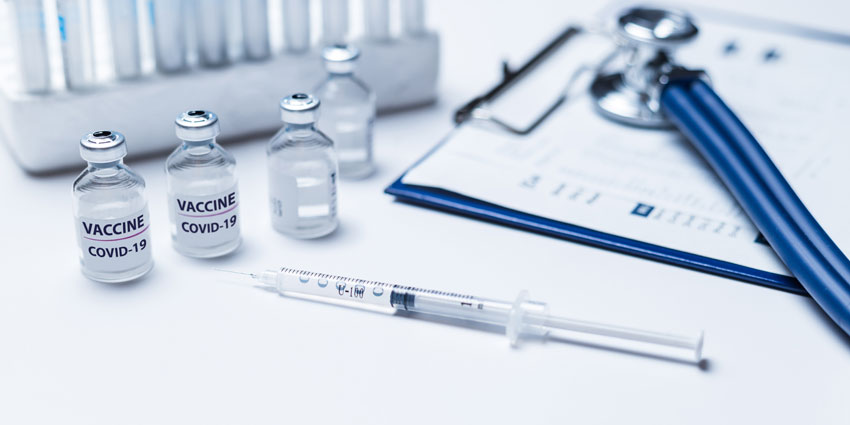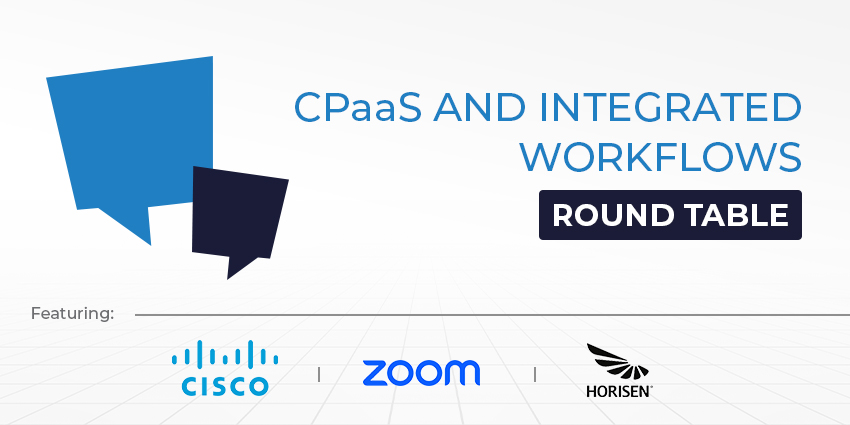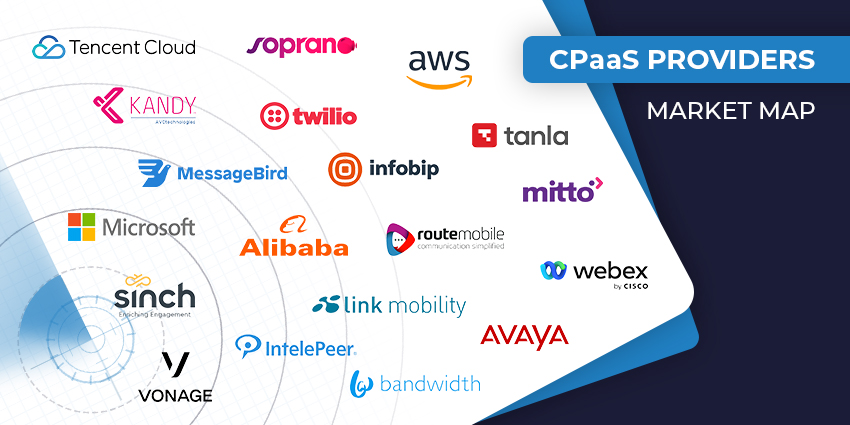If any industry has needed to up the ante when it comes to communication over the last 12 months, it’s the healthcare industry.
Never before have healthcare experts around the world been so heavily relied upon in such difficult circumstances. These efforts have been made while implementing strict precautionary measures due to the pandemic which often mean doctors cannot be in the same room as their colleagues or patients.
But where some industries may have been able to quickly purchase an ‘off-the-shelf’ UCaaS offering to keep in touch with employees, the healthcare space is more complex.
CPaaS was designed for scenarios like this. Health institutions, among others, have been able to quickly adapt their systems and practices to deliver an effective experience for the people that need them most.
Multiple IT systems are used within just a single health organisation, let alone whole ecosystems that have to communicate. This is before you’ve even considered what platforms the patient will be using.
CPaaS helps make these challenges manageable.
What is CPaaS
Put simply, communications platform as a service, or CPaaS, uses cloud technology to connect people and applications in a fast, efficient and affordable way.
If a company is starting with a blank slate than its simple to create applications with the necessary interoperability built in. But not all companies and industry have this luxury and are instead running countless systems build by different developers over long periods of time.
CPaaS provides a framework for linking these systems together and embedding UC solutions into an architecture that is already there, rather than building something new.
The chances are most people have already experienced CPaaS in action without realising it.
You may have noticed that you can now talk to your network provider on Facebook Messenger or a retail chain on WhatsApp. This is in contrast to when you may have spoken to your bank via a purpose-built chat function on their website or baked into an app, for example.
All of these characteristics have brought considerable benefits to the healthcare industry, particularly during the pandemic.
At the very highest level, the implementation of CPaaS has been an enabler for remote consultations – therefore minimising the number of people that need to visit already busy GP practices and hospitals.
The as-a-service nature of CPaaS has meant that these solutions can be launched relatively small to assess their effectiveness, but then scaled instantly as their concept is proven and demand rises.
It may seem simple to the patient, but a number of processes are going on behind the scenes to link together patient records; authenticate that the patient is who they say they are; and potentially prescribe medication – all in an environment where data is adequately protected.
The omnichannel approach – across the likes of voice, video and chat – along with perceptive features such as voice recognition help to make the experience accessible for the patient and ultimately help to reach the end goal.
The ability for patient care to be handled remotely has also been crucial to making sure hospital beds are available for those that need them the most.
Appointment reminders
At the start of 2019, the NHS estimated that missed appointments cost it £216m a year based on an average appointment cost of £30. With this in mind, appointment reminders are crucial to the smooth running of a health organisation.
It’s been more important to address this over the last year, with more people seeking medical attention and professionals themselves falling ill in some cases – putting further strain on the delivery of care.
CPaaS platforms enable healthcare organisations to automate reminder calls and text messages. Voice calls, in particular, are thought to have a high success rate – particularly among the elderly.
Services like this free up employees from administrative tasks and allow them to work on more complex and important jobs.
Looking at the situation from a pandemic specific point of view, the NHS 111 telephone service has been critical in reducing the strain on GP practices and the emergency services, particularly throughout winter.
When it comes to COVID testing, appointments are booked via a website, tests are facilitated and handled by people on-site and results are delivered via text message – a making the complete process a spectrum of media.
CPaaS is also having a huge impact right on the frontline in Ambulances, too.
Live status updates between central hubs and paramedics are keeping them up to date with situations as they unfold, while location technology can help them track down patients more accurately.
These live elements can be extended within hospitals as well, with doctors able to access patient data in real-time to help them work more efficiently.
It’s, of course, worth noting that the benefits of CPaaS are not restricted to the healthcare industry, with all industries expected to benefit over the coming years. This is demonstrated no better than in the predictions of analyst IDC, which expects the market to be worth $17bn by 2023.
In the case of healthcare specifically, CPaaS has helped doctors and nurses deliver incredible care throughout the pandemic – but it is by no means a temporary measure. CPaaS in healthcare is here to stay long term.







